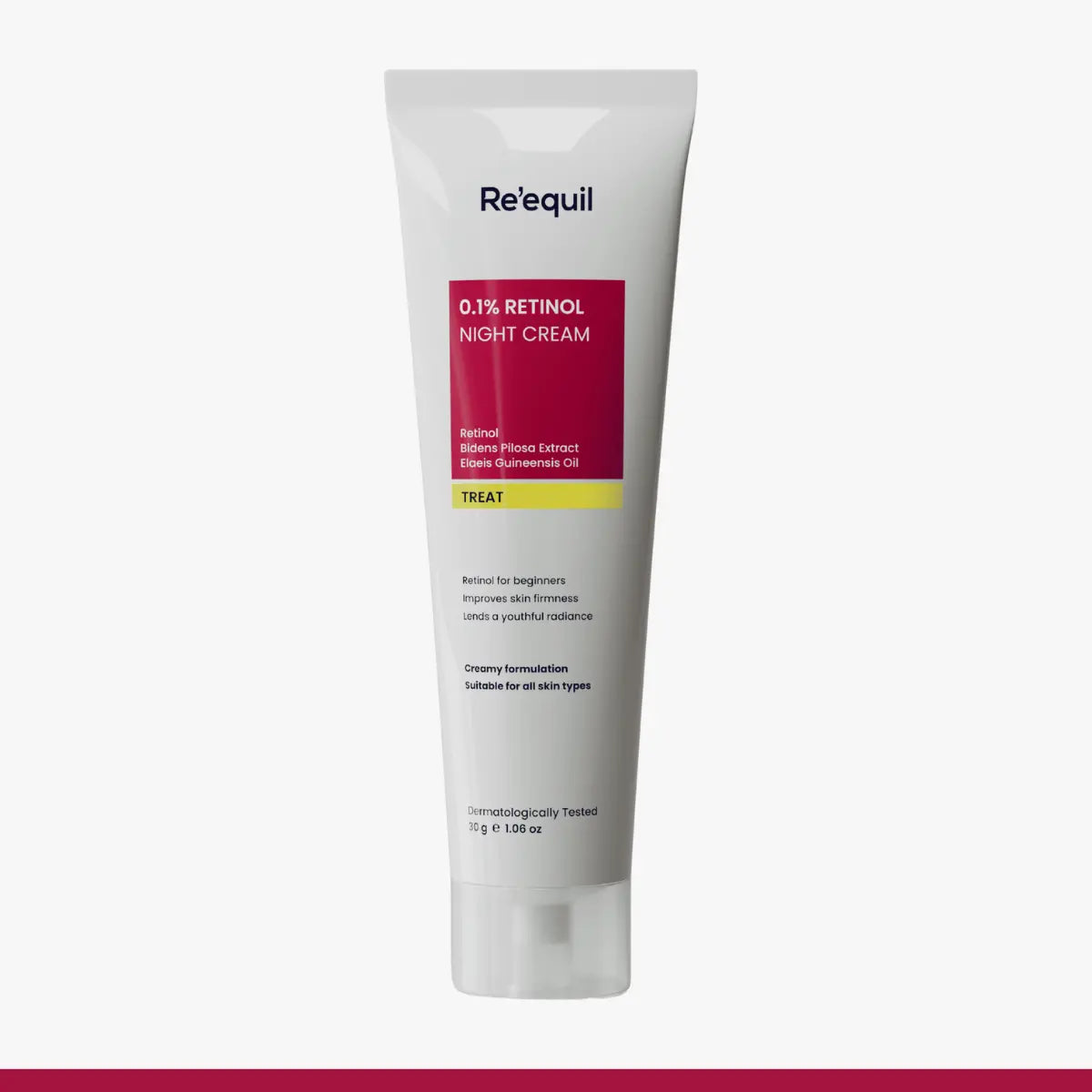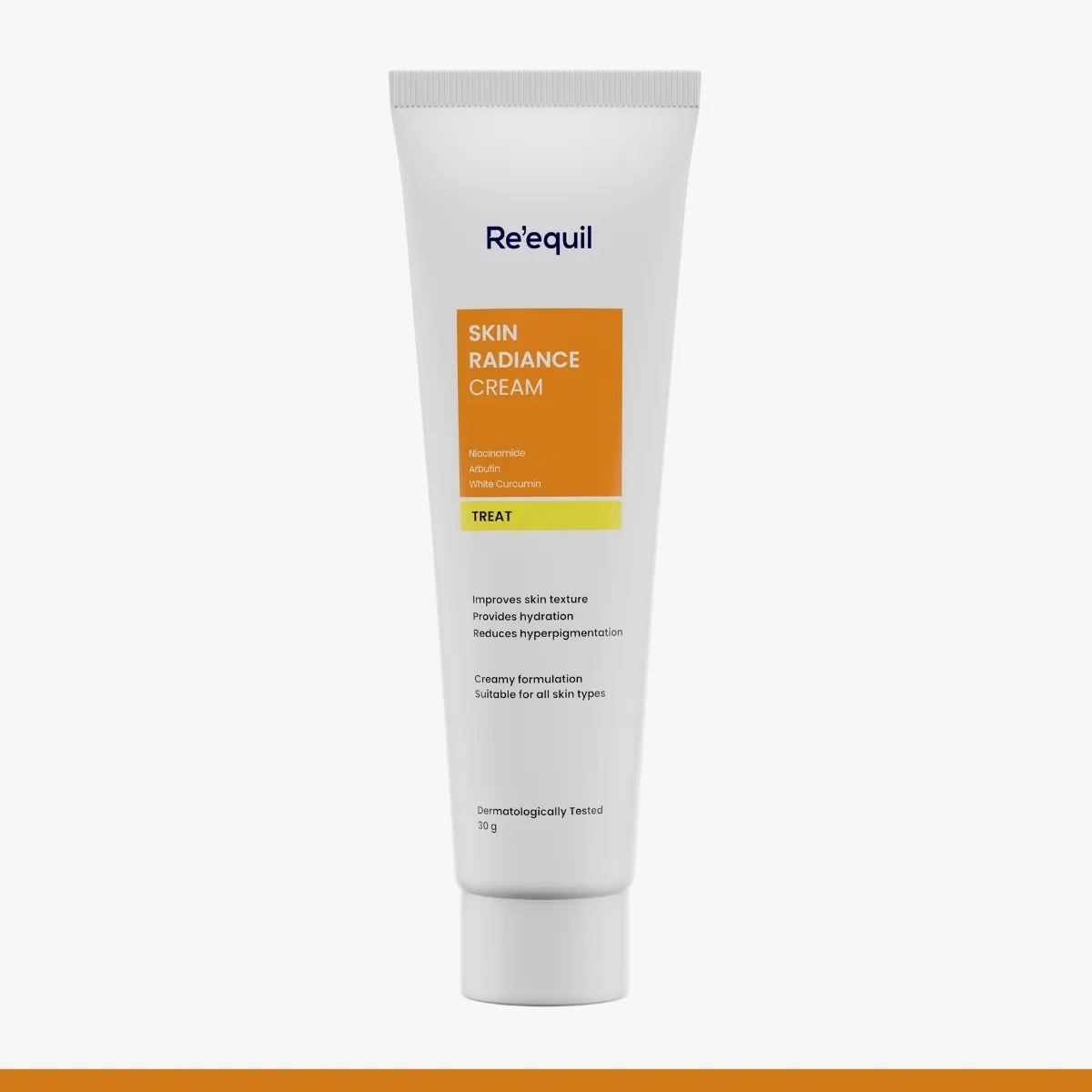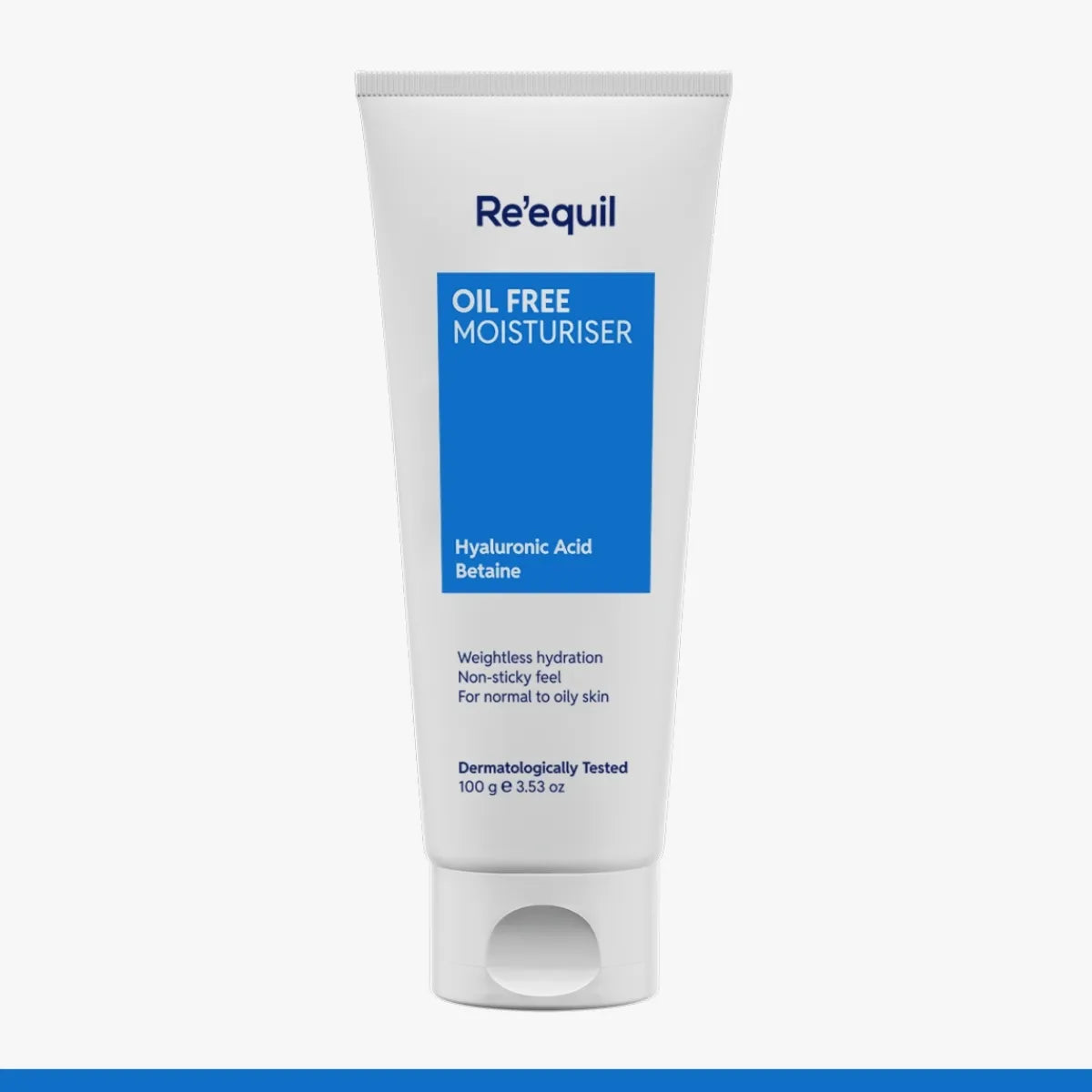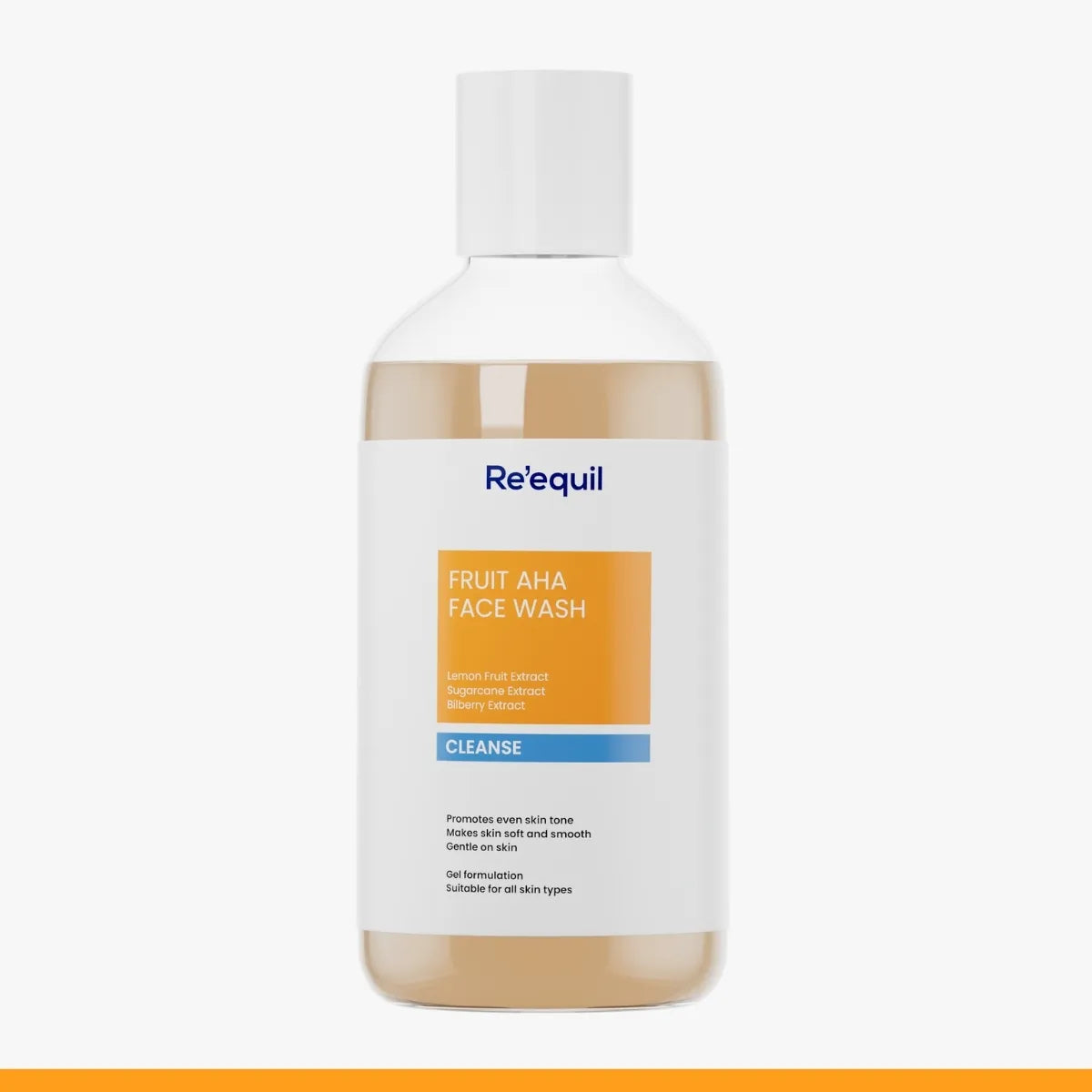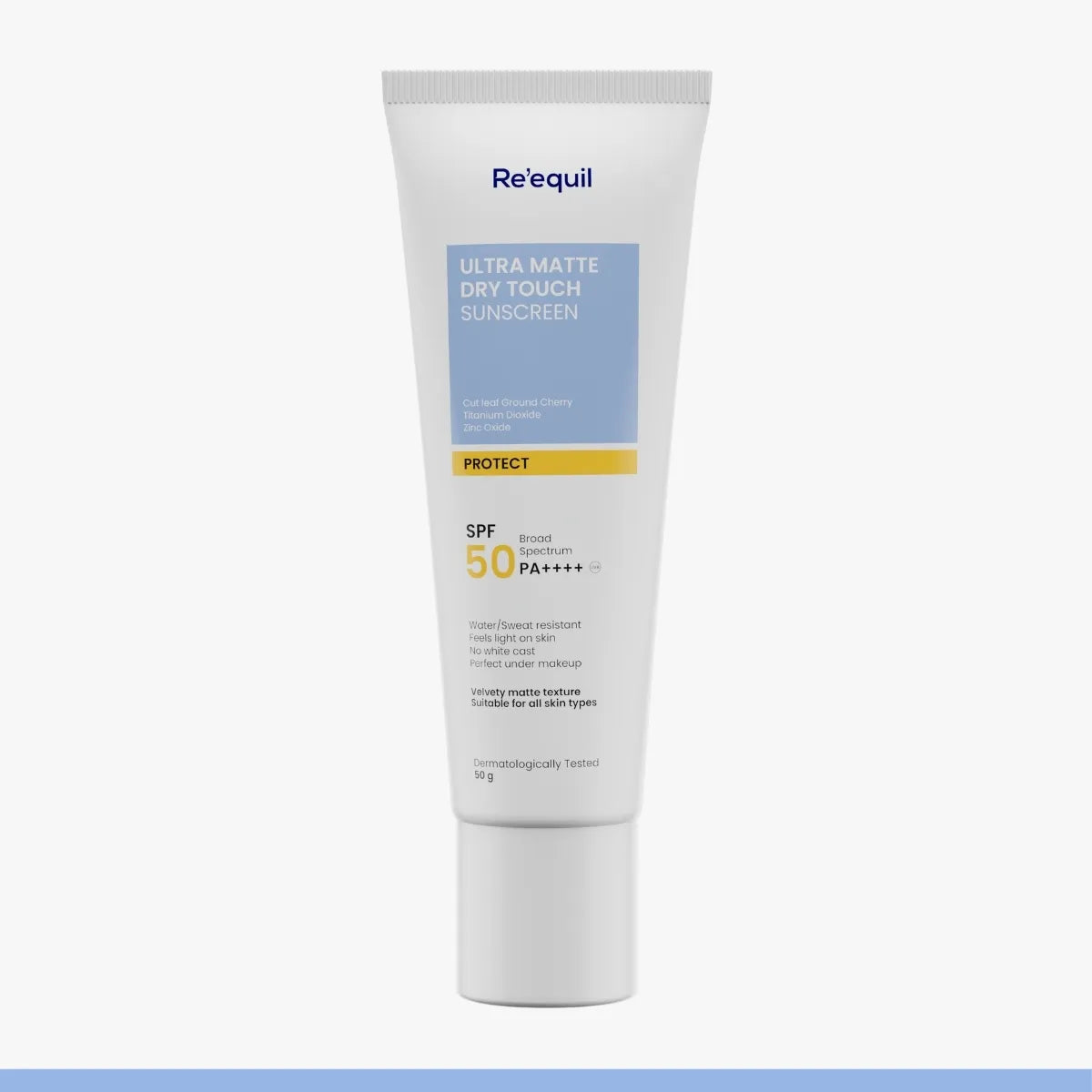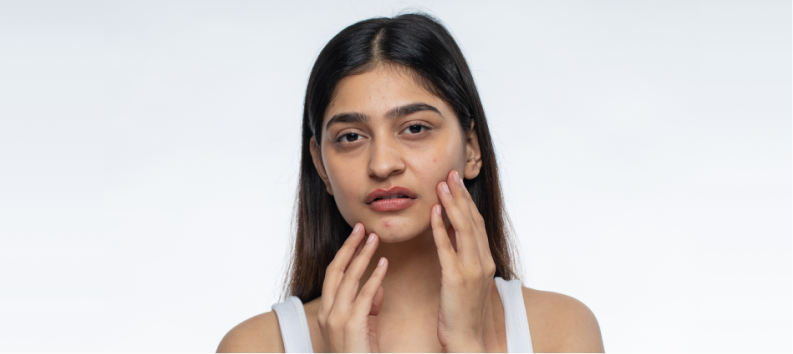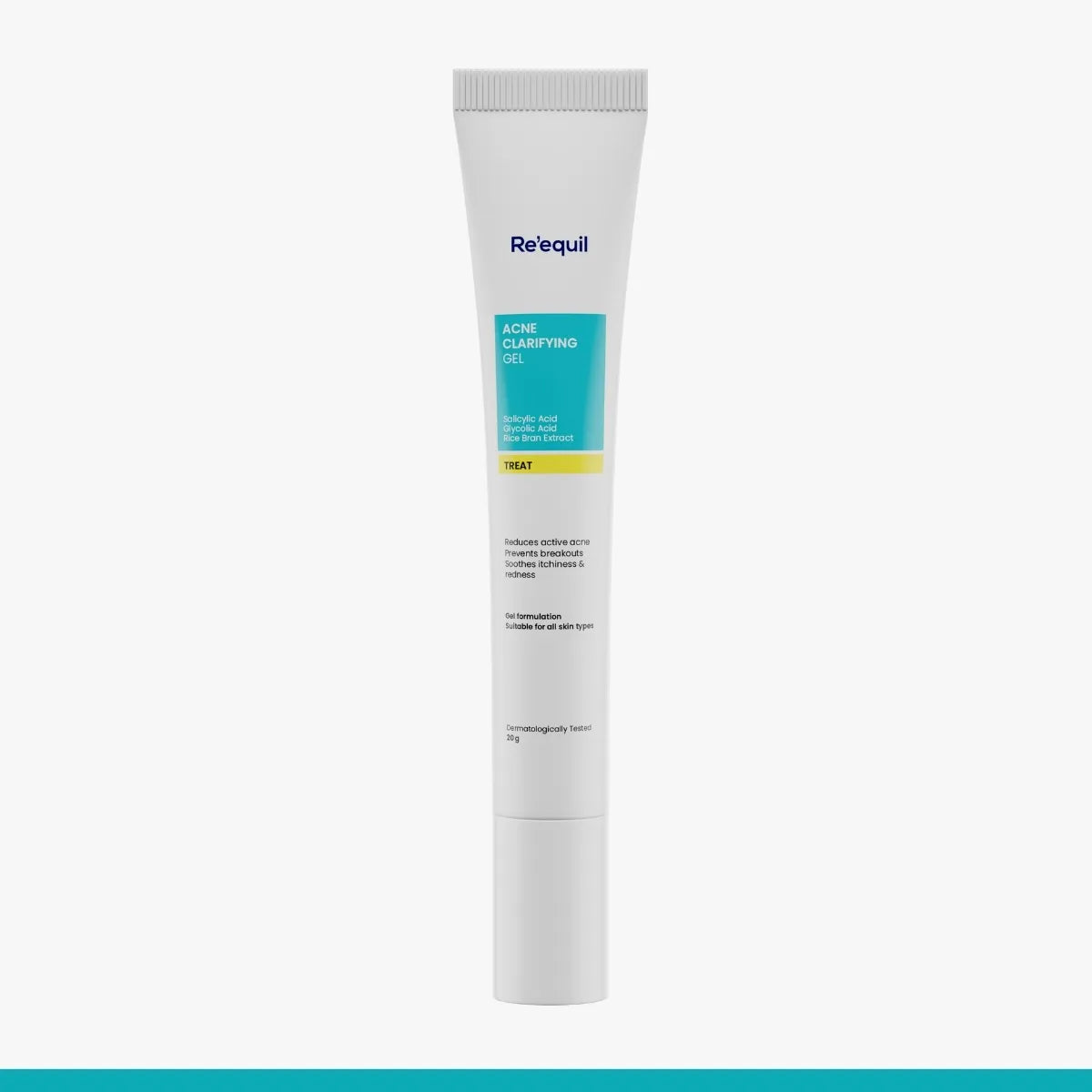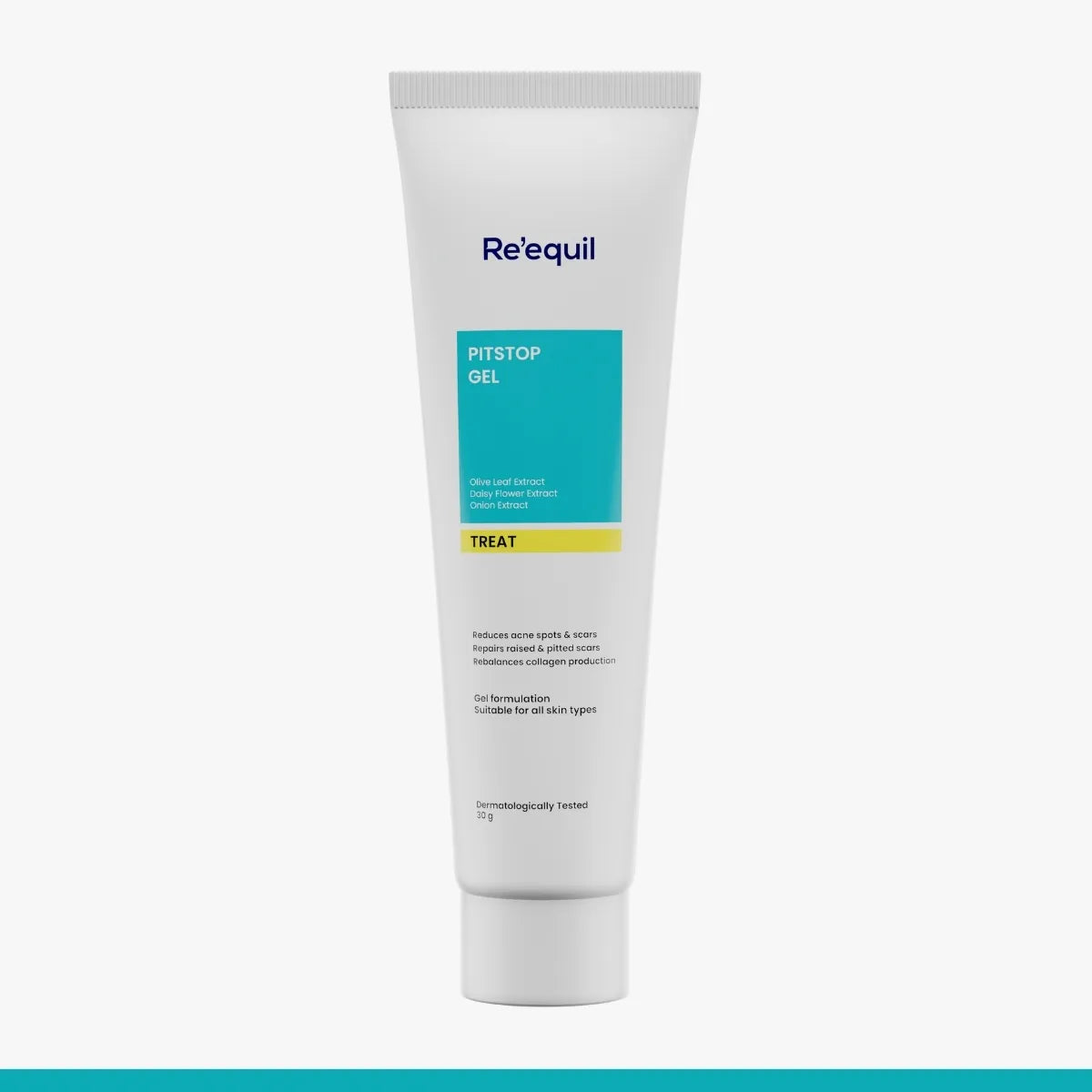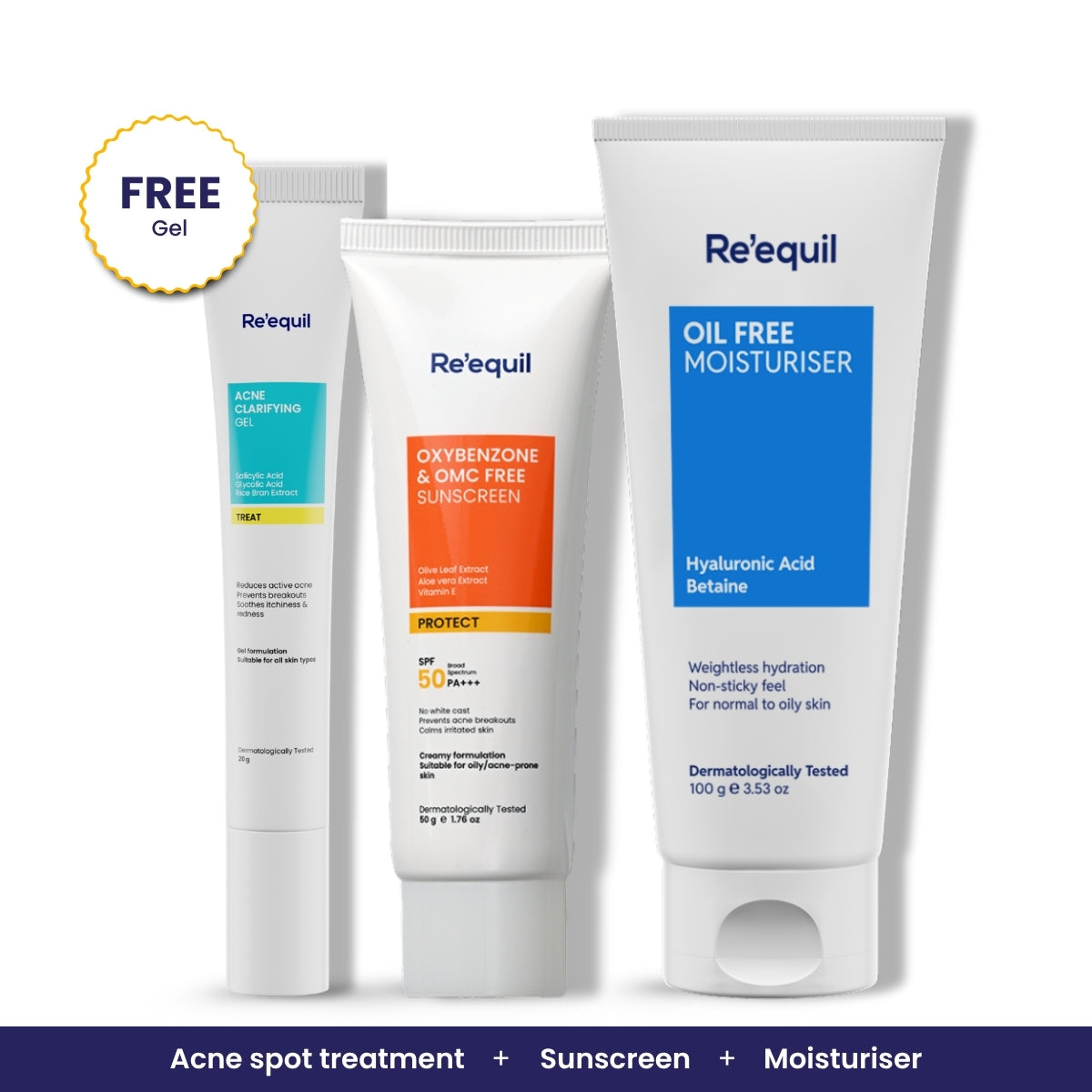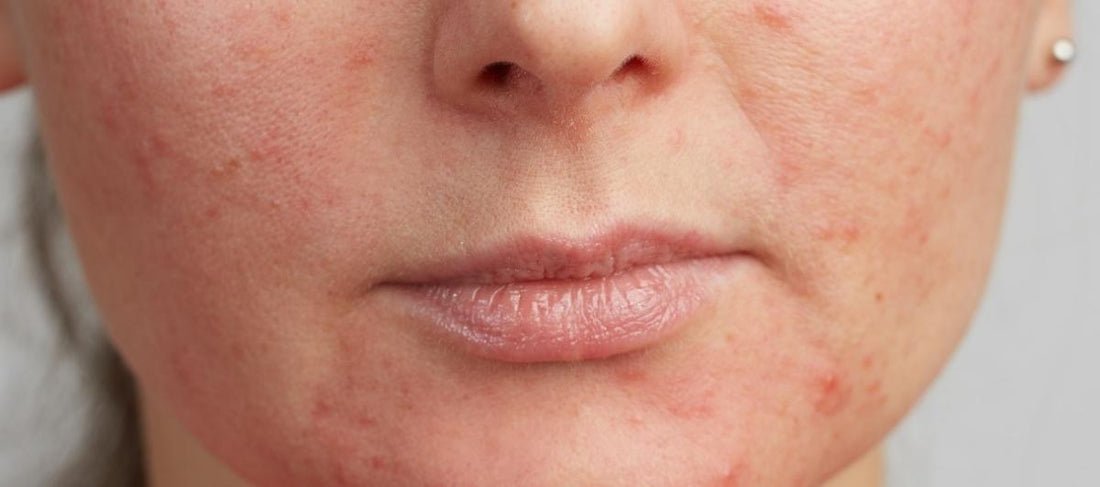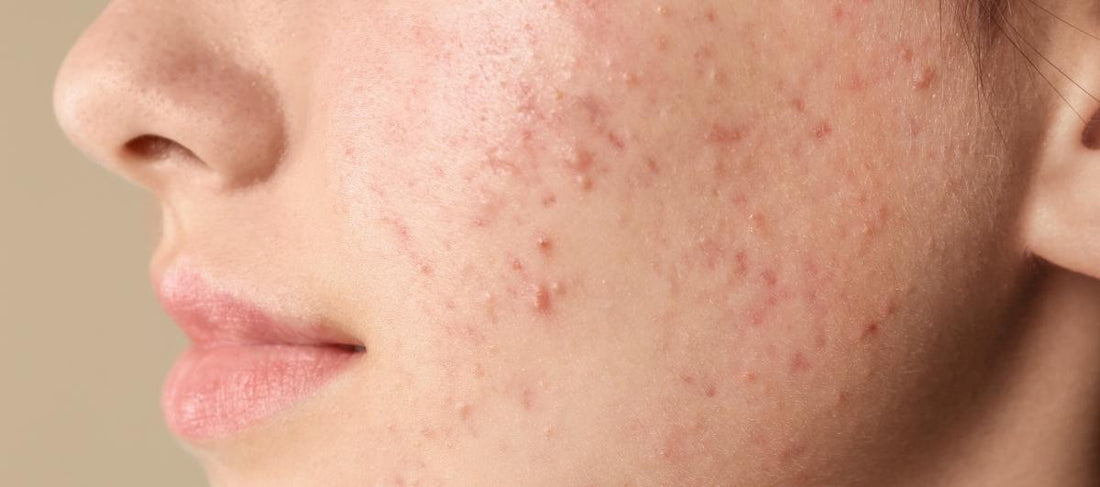Tried a new skincare product and experienced a sudden breakout?
With so many skincare products popping up left and right, the urge to try them is understandable.
But, sometimes, unexpected after-effects that these skincare products deliver in the form of so-called “pimples and breakouts” can leave behind a sour taste.
So, If you have already searched the internet for some theory behind these breakouts, then we are sure you must have come across a popular term - Skin Purging.
Let's find out what purging is and how it differs from breakouts. We will also give you some effective tips to get rid of skin purging.
What exactly is Skin Purging?
Purge: to get rid (someone or something) of an unwanted quality, condition, or feeling.
Similarly, during a skin purge, excess oil/sebum and dead cells are pushed to the surface of your skin—basically, your skin is trying to get rid of all the unwanted cells.
Now, why does it happen?
The simple answer is skincare ingredients, to be more precise, active ingredients.
Active ingredients slough off dead skin cells and regenerate new skin cells faster than usual skin cell turnover.
They loosen up the dead skin cells, bacteria, oil, etc that are present beneath your epidermis.
As a result, tiny, red bumps that can be sensitive and painful when touched, appear on your skin.
Skin Purging vs Breakouts: The Sneaky Differences
Skin purging is frequently confused with breakouts. Because when it comes to appearance, it is difficult to recognize the differences between the two.
But, there are some factors that can help you decide whether you are experiencing skin purging or breakouts—here are they
Skin Purging usually occurs right after you use a new active ingredient
The new product you are using may have an active ingredient, whose primary function is to exfoliate or increase cell turnover (collagen production).
On the other hand, Breakouts/Acne can have multiple causes and can come to the surface of your skin at any time.
Refer to the post below for more information on Acne -
Note: Skin Purging usually looks like Whiteheads and Blackheads. Skin purging is unlikely to be the cause of other forms of acne such as papules, nodules, etc.
Skin Purging is a temporary reaction, whereas Breakouts can last longer
Skin Purging is a phase that can last from anywhere between 4 - 6 weeks. During this time, your skin is basically adjusting to the new skincare ingredient.
However, with breakouts, they may repeat or persist for a long amount of time.
Purging does not leave a mark on your skin, Breakouts do (Acne Scars)
Skin purging does not leave any blemishes or scars behind. On the contrary, breakouts can leave behind acne scars that are quite noticeable.
Which skincare ingredients cause purging?
Only skincare ingredients that exfoliate or promote cell turnover can cause skin purging.
Here is a list of potent/active ingredients -
- Alpha-hydroxy acids (AHAs), like glycolic acid
- Beta-hydroxy acids (BHAs), like salicylic acid
- Retinol
- Vitamin C
- Benzoyl peroxide
- Azelaic acid
Is there any way you can get rid of Skin Purging?
Skin Purging is a natural process that can last for a few weeks. Unfortunately, there is really no way you can speed up this process.
But, there is a way you can minimize purging—here’s how
Do not touch your face
Long story short, dirt and bacteria are present everywhere.
When your hands come in contact with your mobile, doorknobs, and many other things, the bacteria, viruses, and allergens tend to get transferred to your fingertips.
Touching your face constantly with unwashed hands that are full of bacteria and dirt can provoke the development of acne.
What’s more, it can also exacerbate the flare-ups, thereby fostering an increase in skin purge.
Do not use skincare products that dry out your skin
Purging is considered a good sign which means that a skincare product is working for your acne concerns.
At the same time, it is important to keep your skin nourished and moisturized when you see purging. The process of purging promotes the exfoliation of the skin which may result in loss of moisture.
Thus, it is better to avoid the use of skincare products that tend to dry out your skin.
Don’t miss out on sunscreen
Purging tends to make your skin prone to sun damage.
This is why it is pivotal to apply broad-spectrum sunscreen generously on your skin before stepping outdoors.
A broad-spectrum sunscreen protects your skin from UVA and UVB rays of the sun while preventing your purged skin from flaring up ever more so.

When using an active ingredient, make sure to use at least an SPF 50 sunscreen with a PA ++++ rating.
Keep your pillows clean
A research study presented by the American Academy of Dermatology reveals that human beings shed between 30,000 to 40,000 dead skin cells daily.
These dead skin cells along with oil, sweat, etc tend to accumulate on your pillow covers at night.
This can further aggravate your already existing skin purge while also resulting in the manifestation of acne, pimples, etc.
Washing your pillow covers at least twice a week is crucial to avoid unwanted flare-ups. Moreover, it will also help you achieve healthy and radiant skin.
Avoid skincare products with harsh chemicals
Top dermatologists reveal that certain skincare products contain harsh ingredients such as sulphate, parabens, etc.
These ingredients when coming into contact with your skin can aggravate your already flared-up skin.
This is why it is crucial to always double-check the ingredients present in skincare products before buying them. Doing so will not only shield your skin from harmful ingredients and products but also benefit your skin in the long run.
Why Skin Purging may not be as bad as you think
Active/potent skincare ingredients exfoliate your skin and help speed up cell turnover. As a result, acne lesions (future breakouts) forming beneath your skin start showing up.
So it might look like you're getting more breakouts at first. But don't worry—it's just a temporary phase as your skin gets used to new ingredients. With time, your skin will likely be clear and healthier with fewer breakouts.
